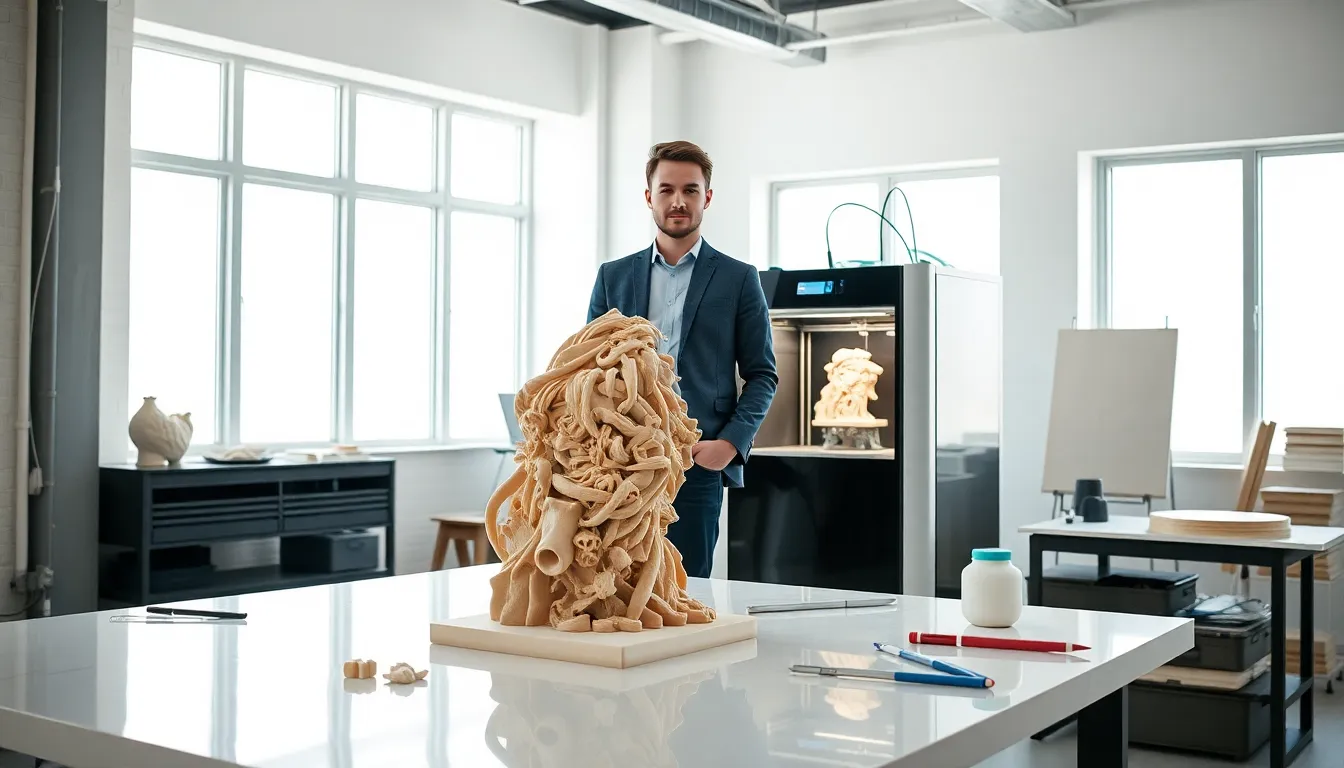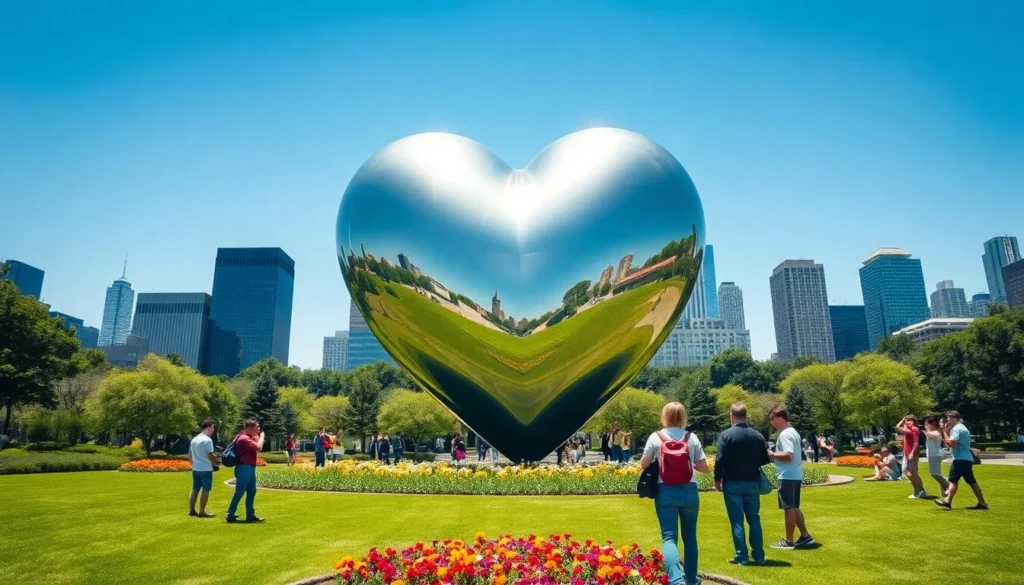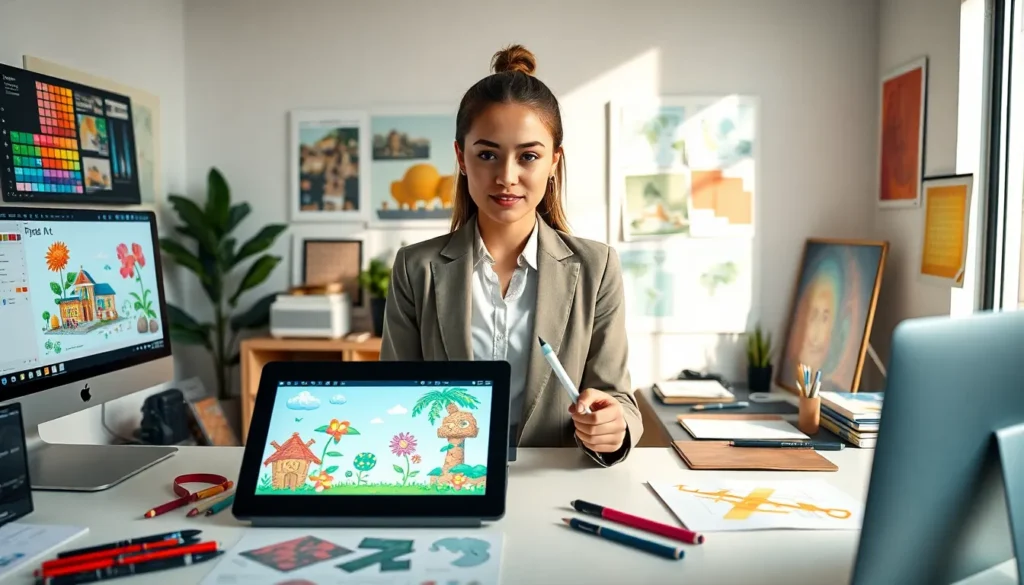Table of Contents
ToggleIn the ever-evolving world of art, additive sculpture stands out as a captivating blend of technology and creativity. Imagine crafting a piece of art not by chipping away at a block of stone, but instead by building it up layer by layer. That’s right. It’s like using your childhood play-doh but with the innovations of modern technology. Ready to explore this fascinating realm where creativity meets engineering? Buckle up, additive sculpture is about to redefine what you thought art could be.
What Is Additive Sculpture?

Additive sculpture is a technique where materials are added together, usually layer by layer, to create a finished piece. This process contrasts sharply with subtractive methods, which involve carving away material from a solid block. Artists use various materials like clay, plastics, and metals, and employ tools such as 3D printers to execute their visions. This artistic method enables a high level of detail and complexity, making it a favorite among contemporary artists.
History of Additive Sculpture
The origins of additive sculpture can be traced back to ancient practices, with artists using clay to form intricate shapes. But, the true revolution began in the late 20th century with the advent of computer-driven fabrication technologies. Early adopters of 3D printing adapted this technique for sculptural forms, pushing boundaries and expanding the idea of what sculptures could be. The rapid growth of this art form reflects a broader trend in the blend of technology and traditional arts, captivating audiences and artists alike.
Techniques and Materials Used in Additive Sculpture
Artists engaged in additive sculpture often experiment with an array of materials, including:
- Clay: Traditionally used for its malleability.
- Resin: Popular for its versatility and ability to produce fine details.
- Metal: Innovative processes like welded metal layers bring a contemporary twist.
The techniques vary as well. 3D printing is probably the most recognized method. Artists create digital models and use printers to layer materials precisely. Also, some sculptors use techniques like spray deposition or even laser sintering. Each approach brings something unique to the table, allowing for an impressive range of expression.
The Creative Process Behind Additive Sculpture
Creating an additive sculpture often begins with an idea. This sparks a digital model, often crafted using specialized software. Once the design is finalized, the artist converts it into a format compatible with their chosen printing or building technique. After that, it’s game time. Layers begin to stack, each one contributing to the narrative of the piece. Throughout the process, adjustments can be made, giving artists unprecedented flexibility compared to traditional methods. The excitement lies in the ability to prototype quickly, allowing for iterative creativity where concepts can transform rapidly.
Modern Applications and Innovations in Additive Sculpture
Today, additive sculpture finds its applications in various fields beyond traditional arts. Architectural design often employs these techniques to create sculptures that serve functional purposes, bridging art and utility. Also, the fashion industry has also embraced additive sculpture, producing avant-garde garments and accessories. Healthcare professionals are now exploring sculptures in prosthetics and implants, customizing them for individual needs. These innovative applications showcase the multifaceted nature of additive sculpture, proving that its reach is only limited by imagination.
Challenges and Considerations in Additive Sculpture
While the possibilities of additive sculpture are immense, challenges remain. Material limitations can impact the final outcome, as not all substances work well with every technique. Also, there’s the issue of scale, printing large sculptures often presents logistical hurdles. Artists must also navigate the fine balance between technology and artistry, ensuring that the emotional connection isn’t lost in the mechanics of production. Intellectual property concerns about digital models and the rise of machine-based creations prompt ethical debates within the community.




